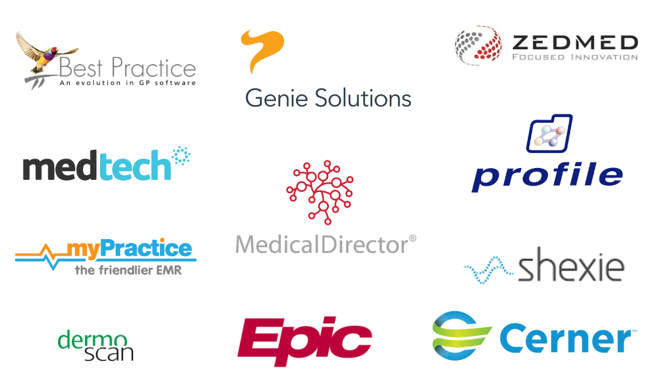In contrast, when achieved, interoperable EMR software can be revolutionary to healthcare. Connected systems that truly “understand” one another results in comprehensive, detailed patient records and greater opportunity for deeper evidence-based care. Additionally, with the advent of artificial intelligence (AI) this centralized big data can be documented utilized towards creating a personalized care plan for that patient with the support of predictive analytics for preventative, proactive care.
Undoubtedly a monumental step in healthcare, interoperability is not the final solution for seamless data communications. It is important to note that this term only constitutes the ability for systems to work together- the medical professional still has to take the initiative to transfer these files to the requested practice or expert. As a result, this will lead to the unavoidable risk of doctors failing to transfer information even though they have the ability to! This is why visionary healthcare systems are taking this process a step further with integrative services.
Integration: The Next Step In Connected Healthcare
Integration extends beyond the simple ability for healthcare software to transfer data; rather, systems are able to automatically synchronize and transfer information without prompt, resulting in all data being updated in real-time across platforms. This is such a key step because it removes the burden of initiative by the medical professional for sending data to allow them to focus on patient care rather than administrative tasks.
The latest example of this initiative is the integration of popular dermatology EMR software. DermEngine, an intelligent dermatology software for the imaging, documentation, and analysis of skin cancer images now offers integration with another two of the world’s most popular EMR systems: Cerner and Epic. A milestone in visionary healthcare, dermatologists now have the opportunity to utilize the largest brand names in healthcare while gaining access to the latest tools in artificial intelligence (AI) for supported clinical decisions for an entirely upgraded practice experience. Through integration, systems have the opportunity to build on each other's strengths rather than fail on a single weakness.
Conclusion
As electronic medical record software continues to become the new norm in healthcare, the need for interoperability will only continue to increase due to the need for accessible patient data. Visionary practices are already going a step further to adopt integrative software to have all patient information from across multiple platforms synchronized in real-time for a centralized and convenient experience that has never before been achieved.







